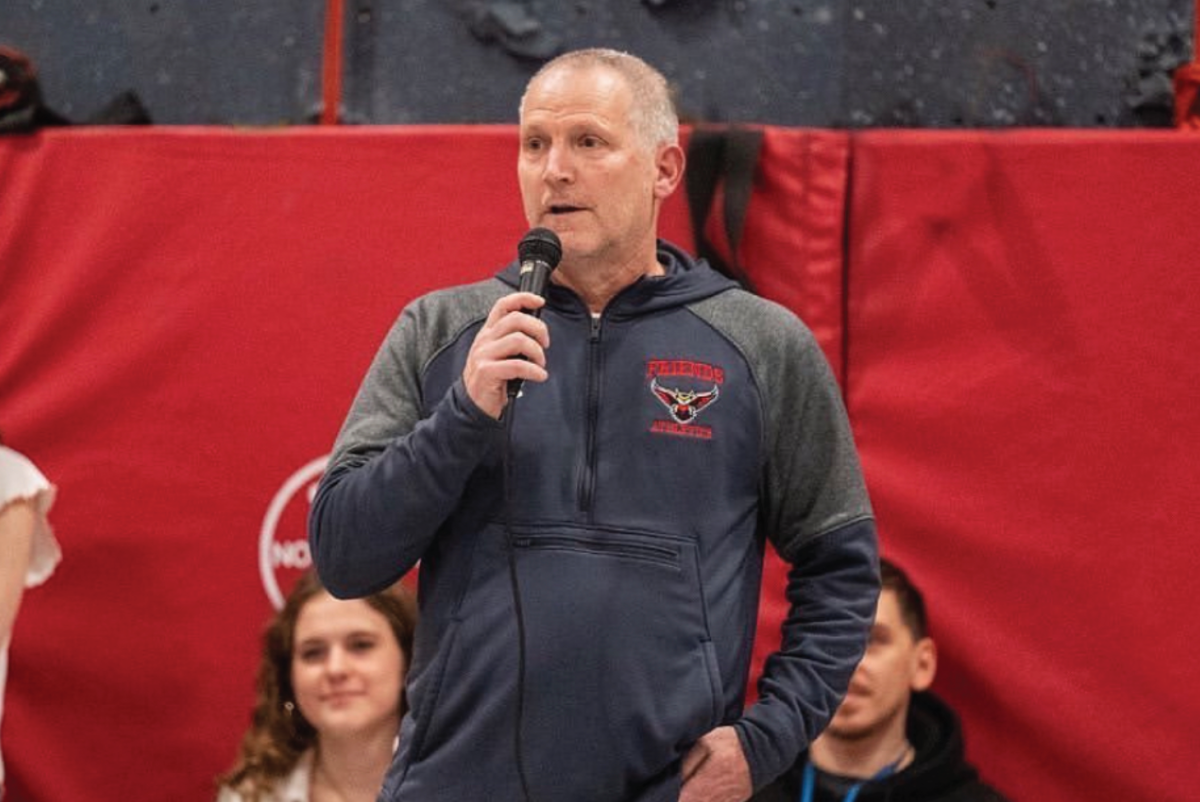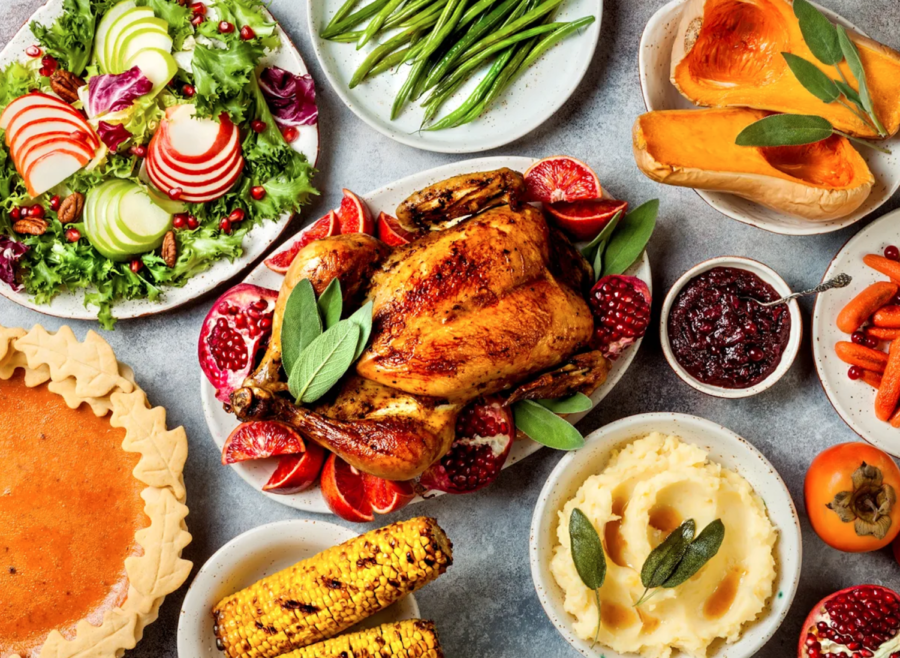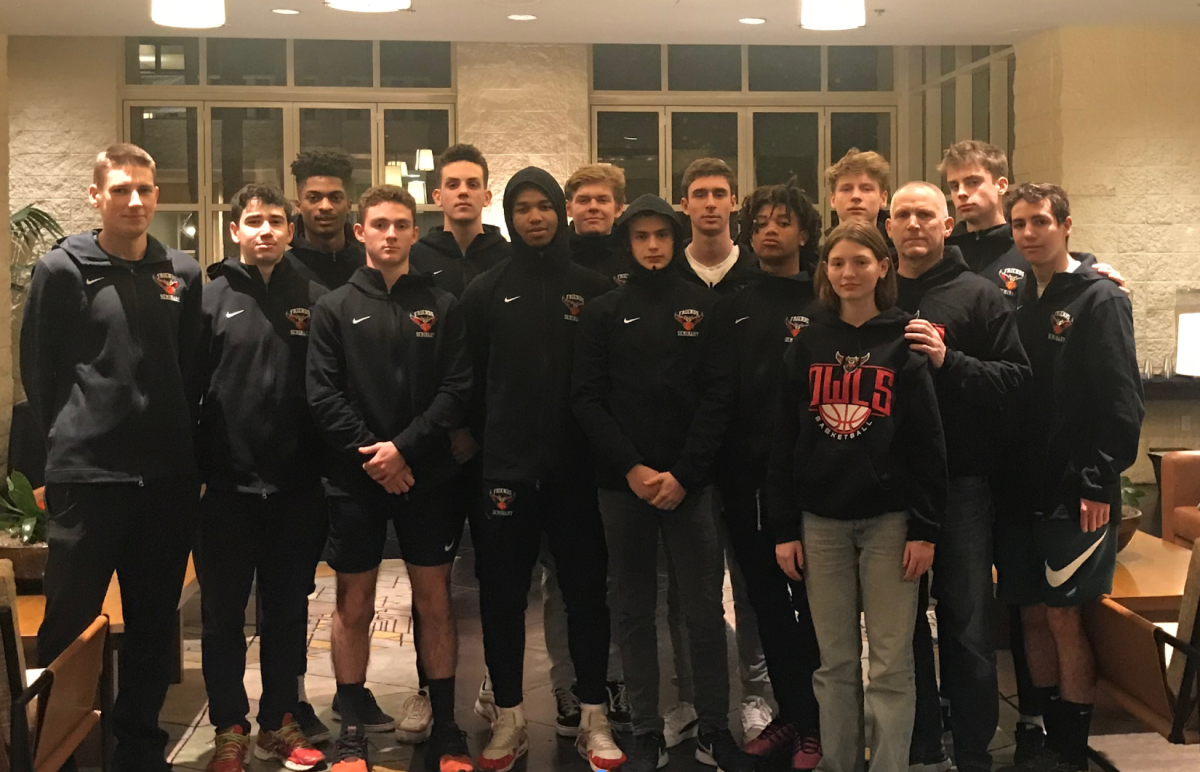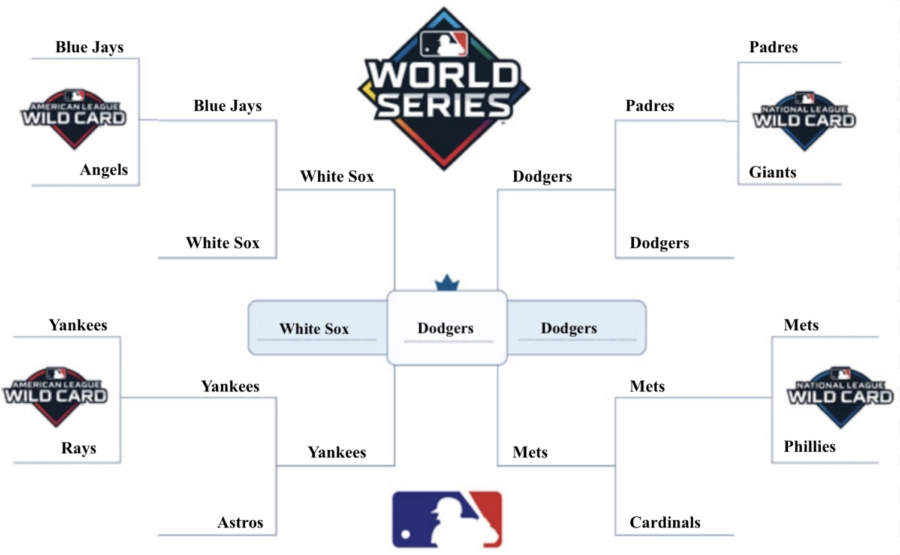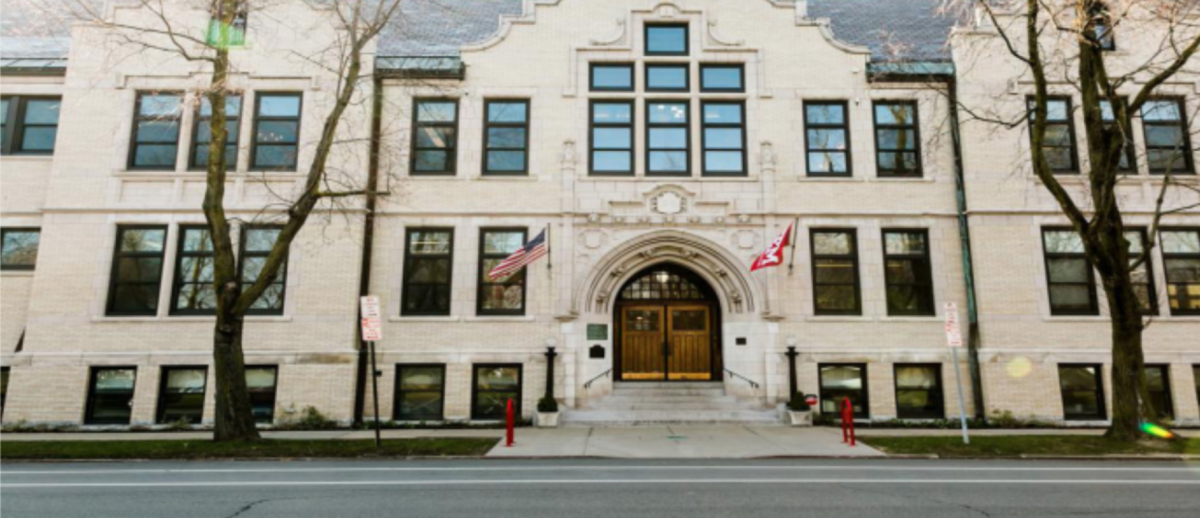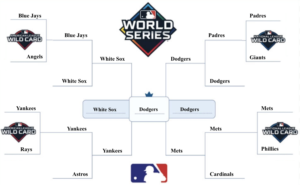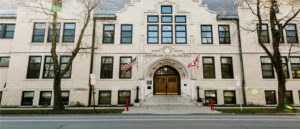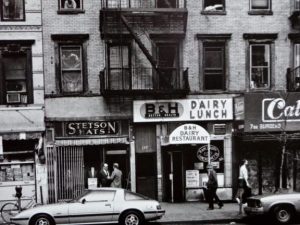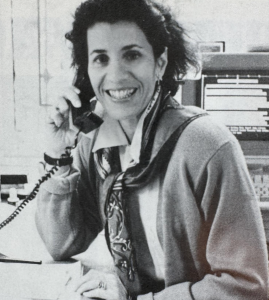Election pollsters should change methods
December 2, 2020
The 2016 election results shocked Americans who had been following polls, almost all of which predicted a clear victory for Hillary Clinton. While Clinton did win the popular vote, she ultimately lost the electoral college. In 2020, polls correctly predicted a win for Biden, but they still underestimated Trump’s support. To lessen their margin of error, pollsters should consider the nonresponse bias, the social desirability bias, and likely voter error.
The first idea pollsters should consider more rigorously is the “nonresponse bias,” which suggests certain voters choose not to answer surveys. For example, uneducated voters, a demographic that greatly favors Trump, seem to be reluctant to share whom they are voting for. Another group that pollsters had trouble reaching were Cuban-Americans, especially in Miami-Dade County, where pollsters inaccurately predicted Trump would win. The majority of people who choose not to respond to polls have similar political affiliations, which leaves a large group unaccounted for in polling and creates errors. To limit error, pollsters should make their surveys more appealing, especially when reaching out to demographics that have historically been less likely to respond to polls. Callers could do this by explaining why it’s important for a specific group to answer polls. If the pollsters still cannot reach these people, they should look at past elections, and identify patterns so that they can account for the nonresponse bias.
Another possible source of polling inaccuracy that should be addressed is the “social desirability bias,” which suggests people fear they will be judged or harmed for sharing their voting preferences. One group that has often demonstrated this bias are those called “shy Trumpers.” These are people who claimed they were voting for the Democratic candidate but voted for Trump. Surveys have shown that many of these people are educated voters who live in social environments where their beliefs are unpopular. Pollsters have tried to fix issues of social desirability bias by facilitating online surveys, but people seem to continue to conceal their opinions. To account for people who fear they will be judged by callers, pollsters should use a method that the University of Southern California used to correctly predict Trump’s 2016 victory, which asks voters whom they think people in their social circle will vote for. This method may make it less intimidating for voters to admit support for an unpopular candidate, and it allows pollsters to account for judgments within a person’s social group.
Another probable source of polling discrepancies that should be looked at is “likely voter error,” which suggests that some people who answer polling surveys do not turn out on election day. Since pollsters struggle to capture voter enthusiasm, it is difficult to gauge who is a likely voter. In 2016, it seems many voters preferred Clinton over Trump, but they were not enthusiastic or committed enough to vote. Polls not only overestimated Clinton supporters’ willingness to vote, but they underestimated the enthusiasm of Trump supporters. This type of error can greatly impact the polls because while it is easy to favor a candidate, a large group of people are not motivated to vote. Pollsters often focus solely on which candidate a person prefers, so to account for this form of error, pollsters should ask questions geared toward respondents’ likeliness to vote. These questions should ask about voting history, as well as assess a person’s enthusiasm about a candidate.
Although the margin of error did not decrease by much from 2016 to 2020, as pollsters continue to research nonresponse bias, social desirability bias, and likely voter error, they can adjust their strategies to eliminate error and hopefully provide Americans with more accurate information.


